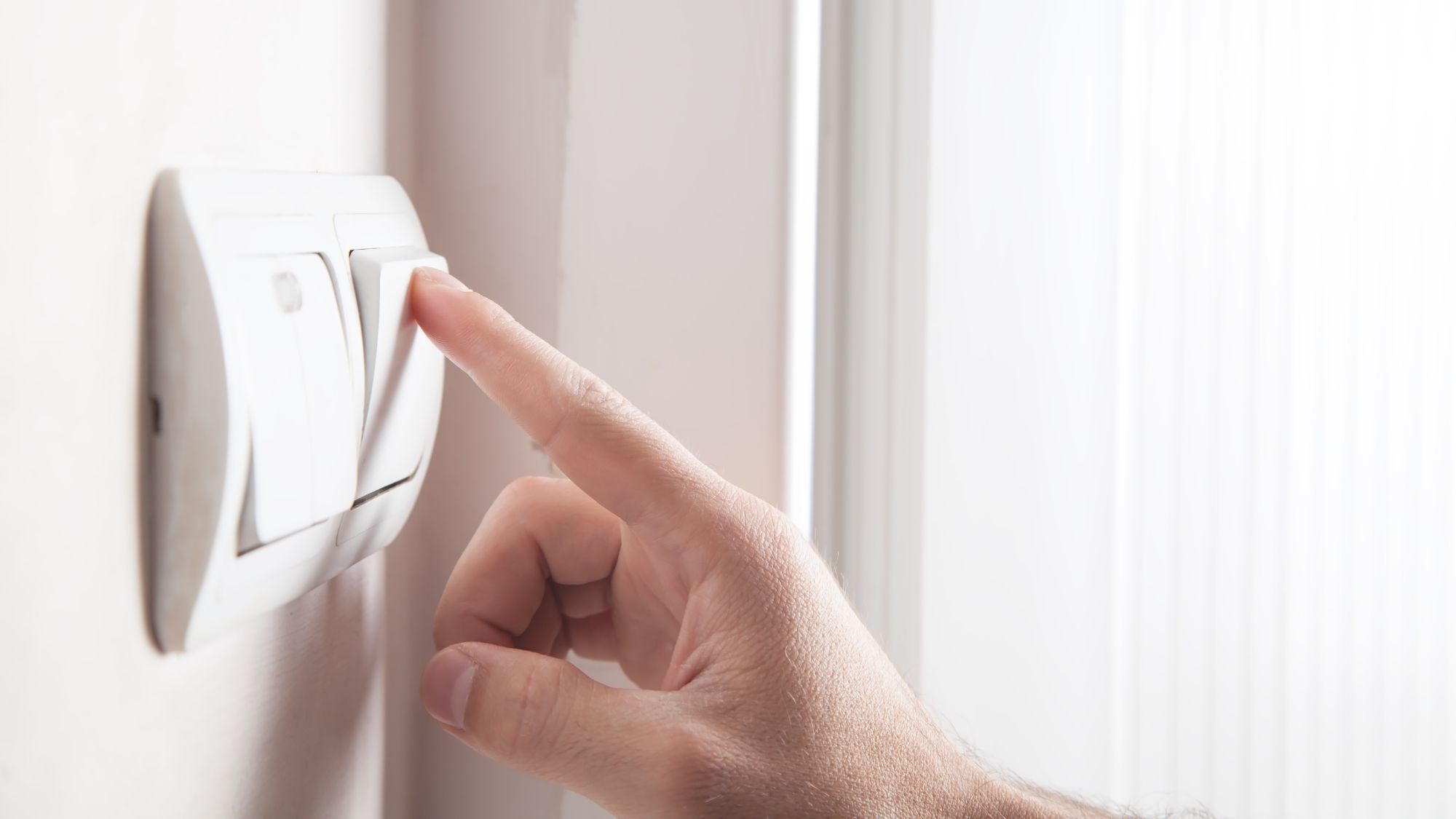Dealing with Problematic Tenants in your Rental Property

As a landlord, dealing with problematic tenants can be a stressful experience. It’s important to approach the situation in a professional manner and be aware of your rights as the owner of the rental property. Here are some tips for dealing with troublesome tenants:
- Establish Clear Rules: Before renting out your property, it’s important to make sure that all potential tenants understand your rules and expectations. Make sure to communicate any rules or regulations clearly at the start of the tenant-landlord relationship so there is never any confusion or miscommunication down the line.
- Follow Due Process: When dealing with problem tenants, it’s crucial to follow due process and respect their rights as tenants. Depending on the issue, this could involve sending warning letters or filing eviction documents with the local court system – both should be done in accordance with local laws.
- Keep Records of Interactions: Any conversations you have with problem tenants should always be documented in writing, along with any relevant emails or other forms of communication you may have exchanged over time. This will provide an invaluable record if you ever need to take more serious action against them in court later on down the line.
- Seek Professional Assistance: Whenever things get too complex or heated between yourself and your tenant(s), consider seeking professional legal advice from an experienced attorney who specializes in landlord-tenant law in your area. This will ensure that you remain compliant throughout the entire process and protect yourself from potential liabilities that may arise from taking inappropriate action against problem tenants.
Problem tenants can be a real challenge for landlords. However, with careful consideration of the rules and regulations involved and appropriate legal direction, landlords can resolve issues with troublesome tenants in a professional manner that is beneficial to both parties.
Understanding Home Valuations

The value of your home is a critical factor of homeownership, from potential resale to financial planning. Understanding how home valuations work is essential for homeowners planning to sell a home, prospective buyers, and anyone involved in real estate transactions. In this comprehensive guide, we’ll delve into the various methods used to determine a property’s value and provide insights into factors that can influence these valuations.
Market Comparisons
One of the most common methods used to assess home value is through a comparative market analysis (CMA). Experienced REALTORS® analyze recent sales of similar properties in the same neighbourhood to estimate how much your home is worth. Factors such as size, condition, and specific features are considered during this process. Understanding how your home stacks up against others in the market is crucial for a realistic valuation because it offers a solid insight into what buyers are willing to pay.
Cost Approach
The cost approach involves evaluating the cost of rebuilding your home from scratch minus any depreciation. This method is often used for newer properties and is based on factors such as construction costs, land value, and depreciation due to wear and tear. While it may be less accurate for older homes, it can provide a solid foundation for understanding the minimum value of your property.
Income Approach
Primarily used for income-generating or investment properties, the income approach assesses a property’s potential income. This valuation method is commonly applied to rental properties and commercial real estate. Investors and property owners can use this approach to estimate the property’s value based on what a buyer can expect to make with the property in their portfolio.
Local Influences
Understanding the local real estate market is crucial when determining a home’s value. Factors such as economic trends, job markets, school quality, and community development can significantly impact how much a property is worth. Stay informed about changes in your neighbourhood, as they can affect the perceived value of your home.
Home Improvements
Investing in home improvements can enhance your property’s value. However, not all renovations yield the same return on investment. Understanding which home renovations add the most value, such as kitchen upgrades or bathroom remodels, can help you decide where to focus your efforts.
Timing and Market Conditions
The real estate market fluctuates, and timing is crucial in determining your home’s value. Economic conditions, interest rates, and supply and demand contribute to market fluctuations. Knowing these factors can help you time your property sale or purchase to maximize your returns.
Understanding home valuations is a vital aspect of responsible homeownership. You can make informed decisions about your real estate by familiarizing yourself with the methods used to assess property values and considering the various factors that influence them. Whether you’re looking to sell, buy, or stay informed about your property’s worth, this knowledge empowers you to confidently navigate the complex world of real estate.
6 Saskatoon Festivals to Keep You Busy for the Rest of the Summer

Summer is always a season of spending time with friends and family, soaking up the sun, and taking a break from the stresses of the school year. As we move into August, though, the initial excitement from the start of the season starts to wear off. We’ve settled into the routine of it all and boredom has taken hold to a point where many of us can’t wait for school to start again just so we have something to do!
Don’t let monotony get the best of you this summer. Here are 6 incredible festivals happening right here in Saskatoon to keep you and your family entertained right up until Labour Day:
The 2023 Saskatoon EX
August 8 – 13, 2023
Arguably the event of the season, the Saskatoon EX is the largest summer festival in Saskatchewan. Taking place at Prairieland Park, there is something for everyone to enjoy, including tasty treats, thrilling rides and games, and an awesome setlist of performers. Some of the highlights this year include the classic Demolition Derby on August 13th and concerts from the Arkells on August 8th, Marianas Trench on August 9th, and Dallas Smith on August 13th. Plus, many fan favourites return—including the Pig Races, Superdogs show, magicians, hypnotists, and more!
Click here for more details about the 2023 Saskatoon EX
Shakespeare on the Saskatchewan
Closes August 20th, 2023
A favourite of theatre-lovers, Shakespeare on the Saskatchewan puts on annual summer performances of Shakespeare’s works and tributes to them right on the waterfront of the North Saskatchewan River. This year’s productions include The Most Excellent and Lamentable Tragedy of Romeo + Juliet and As You Like It. The weeks are counting down on these incredible shows, so don’t miss your chance to take them in before they are gone!
Click here for more details about the 2023 Shakespeare on the Saskatchewan
Rock the River
August 18 – 20, 2023
Rock the River is one of Saskatoon’s most underrated summer festivals, taking place right outside the iconic Bessborough. It offers 3 days of awesome outdoor performances from Canadian classic rock bands. This year’s performances include Tom Cochrane on August 18th, the Crash Test Dummies on August 19th, and A Flock of Seagulls on August 20th—plus so many more!
Click here for more details about the 2023 Rock the River
The Fringe
August 3 – 12, 2023
The Saskatoon Fringe is a 10-day festival celebrating the vibrant arts community with incredible busking performances, artisan alley, carnival games, theatre activities for kids, and more. This year, you can find the festival in W.E. Graham Park and on 11th Street E, with performances taking place at The Refinery, Broadway Theatre, and Cosmopolitan Senior’s Centre. Fringe is always one of our favourite summer events in Saskatoon, and we continue to be blown away each year by all the amazing talent found right in our city.
Click here for more details about the 2023 Saskatoon Fringe Festival
Ukrainian Day in the Park
August 26th, 2023
Saskatoon is home to a large Ukrainian population and has been hosting its Ukrainian Day in the Park for over 18 years! Head out to Kiwanis Memorial Park on August 26th for a full lineup of stage performances, tasty food, activities for kids, and more. One of my personal favourites are the Ukrainian dancers—seriously…how do they jump so high?!
Click here for more details about the 2023 Ukrainian Day in the Park
Nutrien Fireworks Festival
September 1 – 2, 2023
The Nutrien Fireworks Festival is easily the best way to bid farewell to the summer before the school year starts again. Each year it brings together close to 65,000 people to celebrate in River Landing and Rotary Park with entertainers, vendors, activities, and, of course, fireworks! Their carefully curated fireworks displays synchronized to music are breathtaking and will stick with you for months to come.
Click here for more details about the 2023 Nutrien Fireworks Festival
Saskatoon is renowned for its community and culture, so why not use that to your advantage in staving off summer boredom? Discover all the fun and celebration to be found at one of these incredible summer festivals and make the most of these last few weeks!
7 Tips for Saving Energy At Home

With the cost of living continuing to climb with inflation, many of us are looking for new ways to save on our expenses. Sure, you can cut back on the daily Starbucks visits and finally cancel that one subscription you aren’t even using. However, neither will cut down on the one bill everyone dreads each month—power.
Electricity has undoubtedly made our lives much easier but has also made them much more expensive. However, there are many ways we can save energy at home to lower that power bill and keep some extra cash in our pockets.
1. Optimize Heating & Cooling
The weather in Saskatchewan is known for the extremes—our summers are scorching, and our winters are freezing. This means we’ve all become very familiar with our homes’ heating and cooling systems. While it’s nice to step into an arctic-level A/C chill in the summer or a roasting warmth in the winter, this can also quickly become one of the most significant contributors to your monthly energy bill.
To save energy at home, set your thermostat at an efficient temperature between 21 and 25 degrees Celsius. If you can, program your thermostat to automatically adjust based on your schedule, turning it off while you are away and turning it back on just before you get home. And use natural ventilation when you can, instead of relying on air conditioning. Open windows and use the ceiling fan to cool your space rather than the whole house. Or even consider soaking in a cool summer evening breeze in your backyard oasis!
2. Prevent Temperature Loss
Did you ever accidentally leave the door open when you were younger, only to get the classic lecture from your dad about “Not heating the whole neighbourhood!”? Well, now that you’re paying the power bill, I’m sure you don’t want to be either. Bring in a home inspector to ensure your home is properly insulated from top to bottom to prevent temperature loss. Also, take time to seal any gaps and cracks around windows, doors, and vents to minimize drafts and maintain a consistent indoor temperature.
3. Save Energy on Lighting
Lighting can be another big energy consumer at home, but thankfully it can be relatively easy to fix. Use more energy-efficient light bulbs, like LED or CFL bulbs, which use far less energy than traditional incandescents. As a bonus, they tend to last longer, too!
Remember to turn off lights when not in use, and make the most of your natural light by opening curtains and blinds when possible.
4. Energy-Efficient Appliances
While replacing whole appliances can seem like an expensive way to save energy at home, the return on investment is often relatively quick. When looking for new appliances, look for those with high energy efficiency ratings and an ENERGY STAR label. Appliances consume a ton of energy, but these ones are proven to use far less to save you money in the long run.
5. Unplug Electronics When Not in Use
Many electronics continue to use power even when they are turned off. Save more energy at home by unplugging chargers, TVs, computers, and other devices when they aren’t being used. You can even simplify this process by using power strips with switches to disconnect multiple devices simultaneously.
6. Make Laundry More Energy Efficient
Use less energy at home by making your laundry more efficient. Wash clothes in cold water whenever possible and only use as much water as you need for the size of the load. Only run the washing machine—and the dishwasher, for that matter—with a full load to maximize energy efficiency.
7. Plant More Trees
Not only are trees a great way to boost your home’s curb appeal, but they are also an excellent tool for using less energy! By planting trees strategically around your home, you can provide more shade during the hot summer months and shelter from cool winter winds. This reduces your need for excessive cooling and heating throughout the year, saving you energy and money.
Though these may seem like small changes toward saving energy at home, they can add to significant savings over time. Not only does this benefit your finances, but it also has excellent environmental benefits. Plus, it can even snag more value for your home when it comes time to sell!

 Facebook
Facebook
 X
X
 Pinterest
Pinterest
 Copy Link
Copy Link





